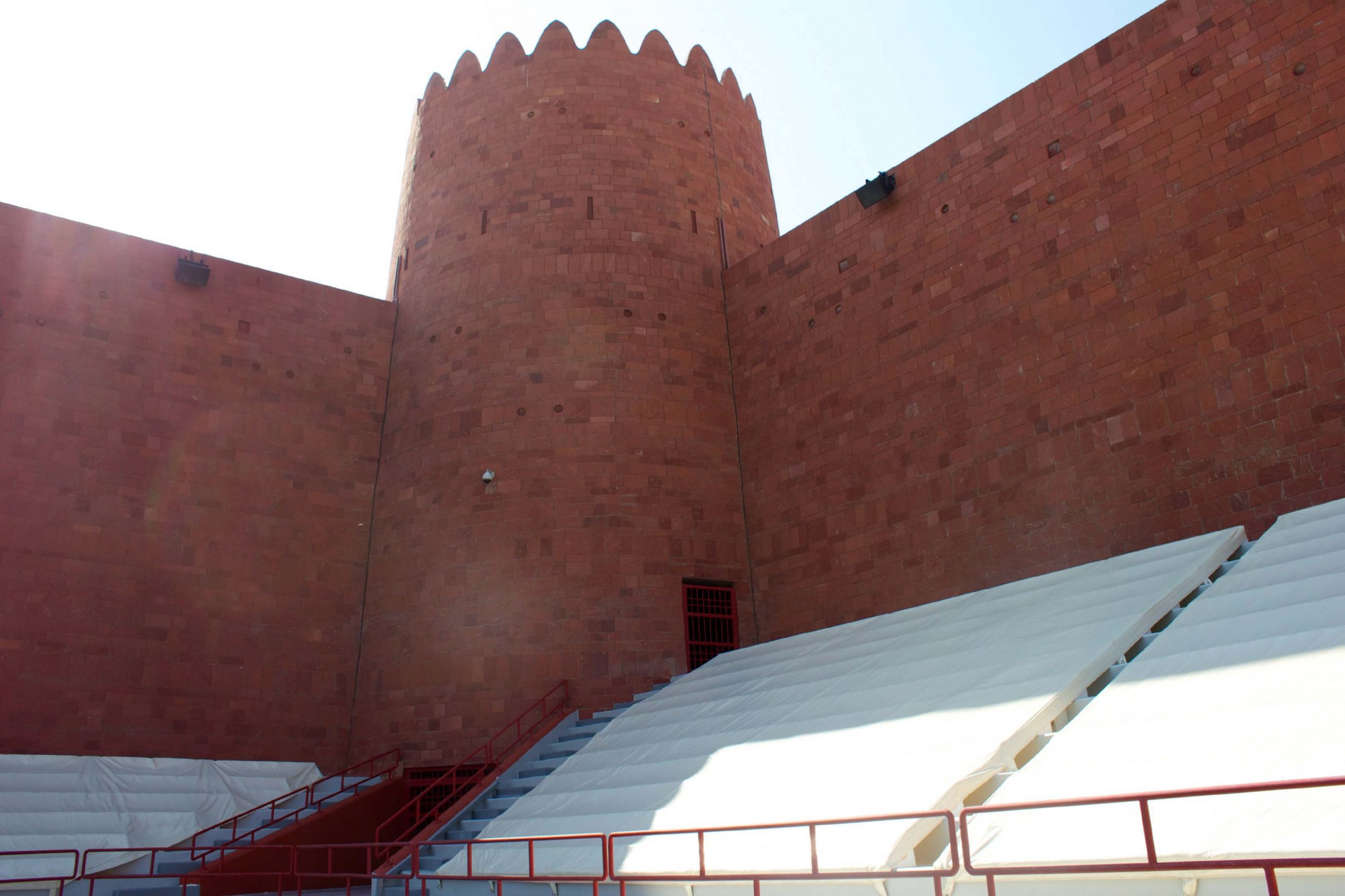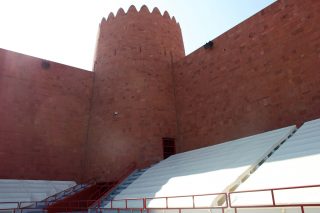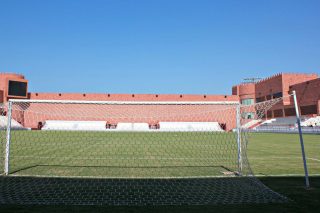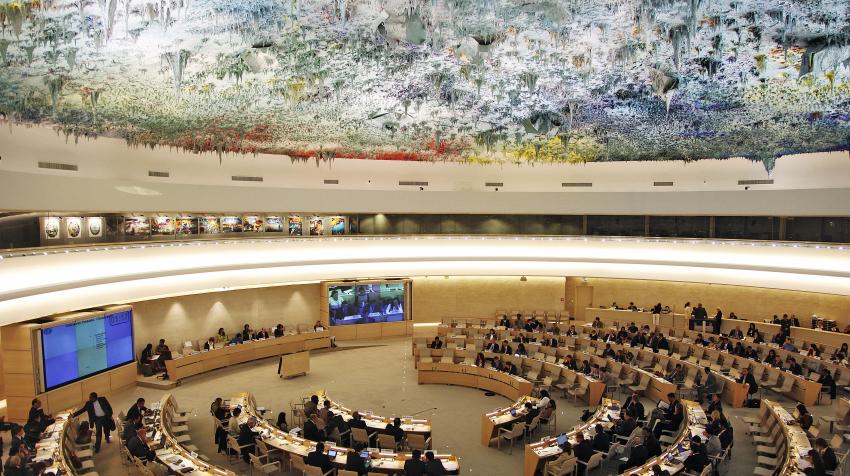Following the recent Al Wakrah Stadium/female anatomy hullaballoo, Jassim Kunji, an athlete and journalist who recently joined Al Jazeera after graduating from Northwestern University in Qatar, calls for a return to the country’s roots while preparing for the 2022 World Cup. Importing foreign concepts and adding the footnote “inspired by Qatari culture” just isn’t cutting it, he argues.
All eyes turned to Qatar earlier this month when it unveiled its design for the new Al Wakrah Stadium, but for less than ideal reasons. The stadium’s concept was the creation of Zaha Hadid, one of the world’s most well-known female architects, who said the design was inspired by the sail of a dhow. But the wider consensus appeared to be that the stadium resembled female genitalia.
A two-hour drive north of the much-ridiculed facility’s future location, another stadium is nearing completion.
Al Shamal, a tiny city located at the very tip of the peninsula, barely ever steps out of Doha’s shadow, but the stadium built to house Al Shamal Sports Club can serve as a model for those planning the World Cup.
Its home pitch is a fortress – literally. From far off, the new stadium appears as a large, reddish version of old Qatari garrisons, like Fort Zubarah.
Unfortunately, the facility is not going to be used during the 2022 World Cup. Its capacity is far below the requirement (which in a sense, is a smart move, because smaller stands are better suited to the size of the club’s fan base, and won’t appear embarrassingly empty).
And besides, another larger stadium is expected to be built near Al Shamal. That is a shame, because this stadium in the north is exactly what is missing from Qatar’s plans for the games.
Working the exotic factor
The fact that Qatar is so different from any previous host of the World Cup has engendered some criticism – a great deal of criticism, if labor issues are included.
But it could also be seen as a major boon. So far, Qatar has been trying to distinguish itself by working to build the most advanced, effective, and shiny infrastructure and stadiums. That is all well and good, but to not make use of the unique traits that Qatar possesses, aside from just money, is foolish.
It is doubly so considering the oft-stated goal of preserving Qatari culture while modernizing the country.
Al Shamal’s stadium is the only one of its kind. Attending a match in a fort is an experience that is not possible anywhere else. Imagine the imagery evoked by passionate crowds packing it to the ramparts to cheer their teams on.
And any advertiser worth his salt should be able to create an outstanding commercial for a football match in that stadium. Its design will even attract people with little interest in football, curious to see a Gulf fort, and maybe snap some pictures. Qatar can use its perceived exoticism to simultaneously attract tourism while preserving its heritage.
There have been attempts to do that with some of the World Cup stadium designs- “inspired by” this, and “a nod to” that- but the balance between culture and cutting-edge design is firmly tilting in one direction.
Unlike those stadiums, Al Shamal’s stadium appears at home in the landscape dominated by desert and seashores found outside of Doha. There might be some architectural reasons for why a similar stadium is not being built for the World Cup, but the concept is the important part, and goes beyond just the stadiums.
The emphasis should be on modifying something already present to make it suitable for new purposes, rather than importing foreign concepts and adding the footnote “inspired by Qatari culture.”
The world should not have to wonder whether Qatar’s buildings are inspired by Qatari culture or human anatomy. With some creativity, it can be a Qatari World Cup – not just a World Cup that happens to be in Qatar.
Thoughts?











